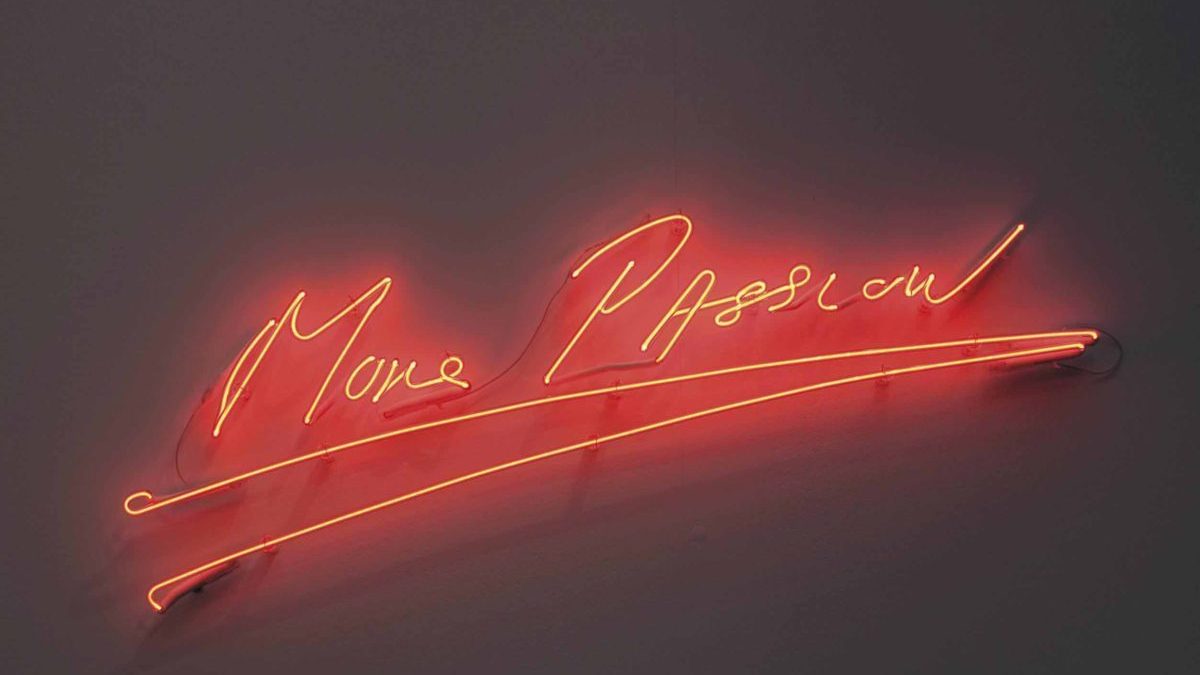
12 Apr Discourse: Has art lingo gone too far
Language isn’t neutral. It includes and it excludes. And writings on art often are highly excluding. This is unnecessary and should concern us.
(text first published in widewalls magazine)
Sometimes me and my friends, we play a game of bullshit bingo. We stroll through an exhibition and look out for words like „diversified“ „narrative“, „social space“, „epistemological“ or various isms. And we always end up with hilarious results. Texts on art today use a full array of multi-syllable-words, neologisms and postmodern theorems. The things on display are not just there. Rather they are informed, centred around, confronted or contextualised. They don’t just occupy a certain place, but are spatially intermediated and address the specific characteristics of the site. Clearly, there a lot more ways to write about art. Sometimes texts try to emulate the elusiveness of an artistic position, they refuse to describe, but instead mimic. Texts can be abstract, enigmatic, enlightening, or sheer nonsense. But look at a random exhibition text in one of your major contemporary art museum and … yeah, that kind of text.
A lingo which excludes
Art lingo is, well, artificial. And there is nothing wrong with that per se. Every genre, every subculture, every field of study has its very own jargon. It’s far easier to communicate like that, to get to the point. Art too has its own terminology with specific uses unlike the common one. But at a closer look, texts inside exhibition halls and articles in papers often don’t have a target audience of scholars and curators. They are directed to the general public, to anyone interested. Here, the art lingo looses its real purpose, which is to convey meaning. Instead, it excludes those, who are not familiar with it, who are there to learn, to think and to enjoy, to see art and get something out of it, but have little to no prior knowledge of the discourse around it. But why though?
The jargon around art naturally is a convention. It starts out at university and keeps reproducing itself through websites, catalogues and articles. Being able to use this jargon shows expertise, being in the known, the scene, and being able to spark a conversation. In art, there is no easy way to proof a point. There are no hard facts, no self-evident data. Language therefore is the main tool to argue about an otherwise disinteressted pleasure. It shapes what we see, what we think and why we enjoy a piece of art. Language is never not there. Language also marks a distinction. A distinction which regards to the content but also social one.
A discourse which is disciplinary
It is easy to spot some key points of Foucault’s discourse analysis too in the art world. Art lingo – in this theoretical framework – is a mean to form power relationships between its institutions and the audience. The discourse is already highly controlled by privileged people, and going rogue from the conventions does lead to disciplinary measures, penalties come as ridicule and omitting to silence. Reproducing this discourse, using the art lingo, also reproduces the power structures behind those words.
To some, this may be beneficial and useful. Power structures will not disappear when overturned, and disrupting them is no goal in itself. But if the goal is to include more people, to give easier access to them, broaden the base of the conversation and bring democratic values to the discourse, then we need other means to talk and write about art. Like a madman does, a poet, a worker, or a child.
A multitude of jargons
Authors often seem more concerned with the approval of a selected few than to aim for a broader audience. To be clear, writing for the art elite and experts isn’t problematic in itself. There is always a place and time for that. It’s just unnecessarily coercive. It’s limiting the discourse to the ones who already control what is considered good art and what is dull and trivial. There could be a multitude of jargons to approach art. Language is the key to our worlds. We might just open up new ones, with more means to write and talk about art.




